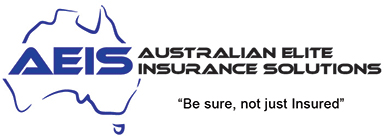Almost every day, news sites run stories about thieves who have been caught thanks to security cameras. Over the past year alone, bandits have been captured stealing Lego from retailers across Sydney, Halloween decorations in Adelaide and even baby formula.
As this demonstrates, using surveillance devices in a business is a popular way to capture footage of criminal activity. And, while these bandits were caught red handed, surveillance cameras also help to reduce the risk of theft and, subsequently, having to make a claim on your insurance policy.
So what’s the best way to use surveillance instruments such as security cameras to protect your business, without encroaching on people’s privacy rights?
In Australia, businesses must comply with the Australian Privacy Principles, which are part of the Privacy Act 1988.
According to these regulations, when it comes to surveillance using video cameras, it’s essential to notify people when their image is being collected. So firms using CCTV to monitor customers on their business premises will typically need to put up signs this is happening.
Organisations that use CCTV will also usually need to destroy or de-identify personal information such as footage of customers when it’s no longer required. It’s also important for business owners who use surveillance cameras to ensure their staff follow privacy regulations by training them on requirements such as destroying video footage when it is no longer needed.
Even if no special laws in other states and territories, giving notice is wise. A workplace surveillance is a good idea in all states and territories.
Insurance implications
When they are assessing a business’ application for a policy, insurers will often look at the different measures the organisation has in place to secure premises and property, including security devices such as surveillance cameras.
If a business suffers a loss and claims against its policy, it’s in the policyholder’s interests to be able to provide the insurer with evidence. Footage gathered from surveillance devices can be critical in this process. In particular, data gathered from security and in-car cameras can be important to verify a claim.
“So make sure you choose good quality equipment and ensure it’s regularly maintained,” says Michael White, Steadfast’s broker technical manager.
☎ (07) 3491 6532
? admin@aeispl.com.au
Important note – This article is provided by Steadfast.
The information provided here is general advice only and has been prepared without taking in account your objectives, financial situation or needs. Steadfast Group Ltd (ABN 98 073 659 677, AFSL 254928)


Recent Comments